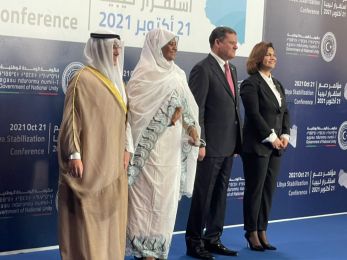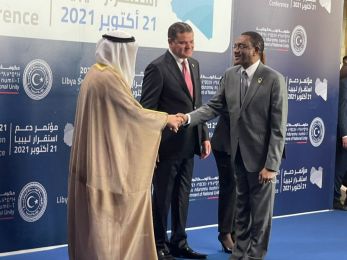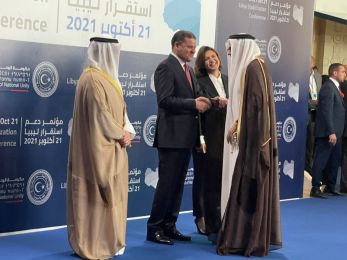Displaced women and girls in cities: World Bank Blog (By Sandra Joireman, Swati Sachdeva and Victoria Stanley)
Bangui, CAR (PANA) – One hundred and fourteen million people are forcibly displaced from their homes across the world, with most of them displaced within their own countries as of June 2023.
The escalation of new conflicts, such as those in Sudan and Gaza, and the overlapping crises of forced displacement and climate change, highlight the urgency of addressing the needs of the displaced.
A disproportionate percentage of forcibly displaced people are women and children. And in 2021, women and children accounted for 80 per cent of new internally displaced people.
For instance, in 2022, the advent of the war in Ukraine forced millions out of the country with women and children making up 86 per cent of Ukrainian refugees.
Similarly, almost 1 million women and girls have been displaced within Gaza in the last three months of 2023.
Forcibly displaced people present a developmental challenge to the host cities in which they reside (more than half of refugees and IDPs live in cities), with majority of them in low and middle-income countries.
As more and more displaced persons choose to remain in cities and for protracted time (on average 10 years), interventions need to focus on how to sustainably integrate them into the existing urban fabric. But this needs to be done in a gender responsive way, and it is critical to respond to needs of both people as well as the places affected by forced displacement.
Gender and Forced Displacement in Cities, a new report (accompanied by a Guidance Note for operational teams) lays out an analytical framework for understanding some of these gender gaps and issues within the context of urban forced displacement and relevant interventions for women and girls.
This report introduces a ‘People-In-Place approach’, which integrates a people-based focus, emphasizing the specific needs of displaced women and girls, with a place-based approach, considering the broader needs of the host communities and institutions.
Through a deep dive analysis of five host cities, the report draws examples of key challenges faced by displaced women in multiple regions. The report identifies gender gaps and interventions across five areas: spatial, physical, social, economic, and institutional.
The presence of displaced women in an urban area increases demand for urban infrastructure and services. The dispersal of displaced individuals across cities, often in informal settlements, makes it challenging to reach them with services and for women to feel safe.
In situations of protracted displacement, it is critical to focus on ensuring safety and security for women and girls, as well as employing development-focused strategies to support their well-being.
One of the most pressing concerns for displaced women and girls is gender-based violence (GBV), with rates in conflict and post-conflict areas reaching alarming levels. Safe housing and public spaces are crucial for protecting displaced women and girls from GBV.
Additionally, displacement often forces women to seek employment, frequently in informal sectors, altering the dynamics of household compositions and societal roles.
In Somalia, “Urban Internally Displaced Peoples often face discrimination in labour markets, either because they come from areas dominated by Al-Shabaab or because they are perceived as competition by other urban workers.
Urban women face higher levels of underemployment than urban men and are less likely to find jobs that earn a regular wage or salary” (World Bank Group 2021: 122).
But there are good examples and promising practices that we can learn from. For example, in 2017 there was a sudden influx of refugees into Cox’s Bazar, Bangladesh, because of violence in Myanmar. Many of the refugees had been victims of GBV.
The Health and Gender Support Project for Cox’s Bazar District designed a victim-centred response. The project strengthened the Bangladesh Ministry of Health’s ability to address GBV using a territorial approach that worked through existing health clinics, supplementing services to both refugees and the host community.
This example highlights the crucial role of local and national governments in coordinating services and ensuring protection.
Displaced women and girls are central to tackling the urban development challenges facing many cities globally. Addressing the gaps in information access, safety in public spaces and transport, housing, education, employment, healthcare, GBV response, and documentation is crucial.
Efforts in these areas can foster social inclusion, contribute to urban peace and security, and ensure that future generations of displaced girls growing up in urban contexts are not left behind.
Addressing the needs of women and girls in the context of urban forced displacement requires new methods of engagement and response.
-0- PANA AR/RA 21Feb2024






